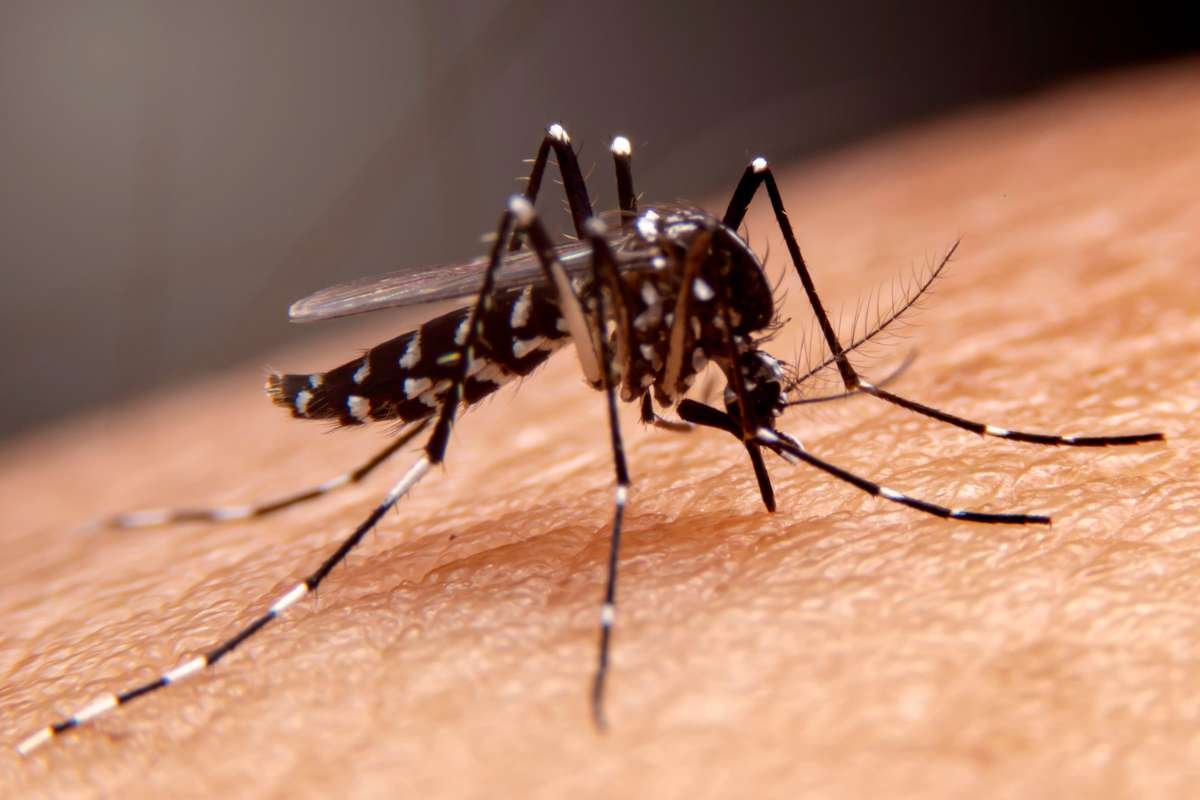Health officials are raising the alarm over a growing presence of an invasive and venomous ant species across the southeastern United States. The Asian needle ant, first introduced to the U.S. nearly 90 years ago, is now drawing increased concern due to its expanding population. Dan Suiter, an Urban Entomology professor at the University of Georgia, recently stated that this species is now being considered a “medically important pest” because of its potential impact on public health.
Unlike more aggressive ant species, the Asian needle ant does not typically attack unless provoked. However, it becomes dangerous when accidentally trapped in clothing or shoes, where it can sting defensively. Although the majority of sightings remain concentrated in the southeastern states, reports indicate that the ants have already been spotted as far north as New York and Washington, raising concerns about broader geographic spread.
Behavioral Adaptability and Expansion
Experts suggest that the Asian needle ant ability to thrive in a variety of habitats is aiding its rapid expansion. Dr. Mary Bates, speaking on behalf of the American Association for the Advancement of Science, explained that the ant’s “behavioral versatility is allowing [it] to move into forests, rural areas, and urban environments at the same time.” She further emphasized that the species’ tolerance for cooler temperatures could allow it to establish itself in many more regions across the U.S.
This adaptability sets the Asian needle ant apart from many other invasive species, which often remain confined to specific climates or environments. The ant’s spread into both populated and wild areas raises the likelihood of human encounters, making it a growing concern for health authorities and environmental scientists alike.
Health Implications and Precautions
While the sting of the Asian needle ant is generally painful but not life-threatening, it poses a serious health risk for individuals with allergies. In some cases, stings can trigger anaphylaxis, a severe allergic reaction that can be fatal if not treated promptly. Medical experts caution that there is no clear way to predict who might experience such a reaction. However, individuals who have had allergic responses to insect stings in the past—or who carry epinephrine auto-injectors—are advised to be particularly cautious.
Public awareness is key to managing the risk associated with the Asian needle ant. Health and pest control officials encourage people to remain vigilant, especially in regions where the ant has already been identified. As the species continues to spread, early detection and prompt medical attention in case of stings could be critical in preventing serious outcomes.
With no signs of the species slowing its expansion, experts continue to monitor the situation closely, urging both the public and policymakers to take the threat of this tiny invader seriously.
Visit more of our news! The Lifesciences Magazine.







